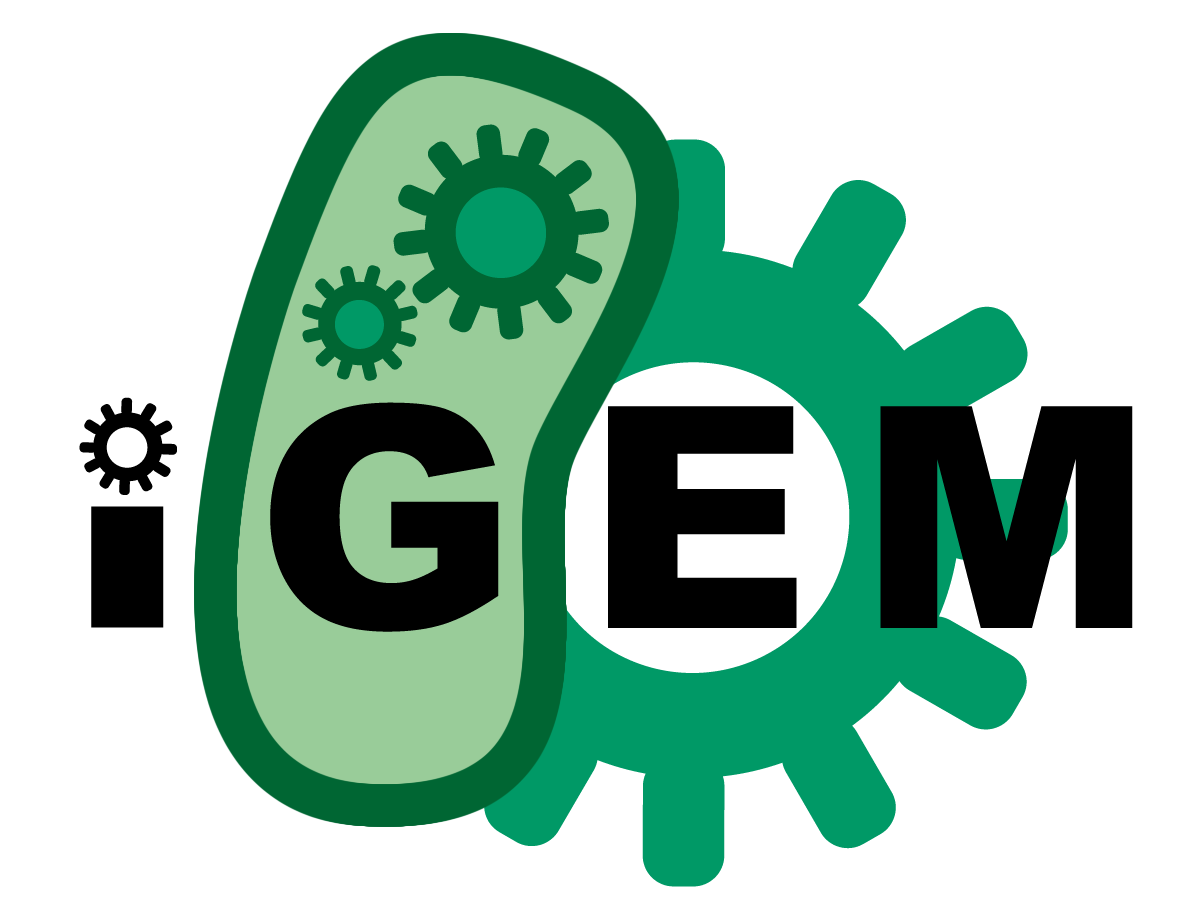Team:Georgia Tech/sandbox/HumanPractices/
From 2012.igem.org
Contents |
Human Practices
Outreach
On September 19th, the GT iGEM team took a trip to Lambert High School at the request of teacher Janet Standeven to visit the Biotechnology Class and newly forming iGEM club team. Lambert High School is currently the only high school in Georgia to begin forming an iGEM team, and we were excited to assist in this process. The students were mainly Juniors and Seniors who have taken Biology courses before. We spent an hour and forty minutes with each class discussing synthetic biology and quorum sensing to give them perspective on opportunities in synthetic biology and iGEM.
Quorum Sensing Activity
We started with a simple quorum sensing activity designed by Dr. Mark Styczynski to get the students up and moving. We gave each person a card with a shape and two colors, and asked them not to share their card with anyone else. There were six cards of each shape, each with varying colors. In the first round, students could pick one person to ask what their card had on it. If the two cards had the same shape and one color matching, they became a pair. If not, they returned to their seats with no pair. In the next round, each student could ask one person about his or her card. The pair could only ask one person as a team, but the color could match any of the colors in the group (the shapes would have to all the same). After asking their one person, they had to sit down again. Rounds repeated like this until the whole group of six was found. Prior to the start of a round, if there was a group of three, they could announce one of their colors. If there was a group of four, they could announce their shape. The numbers of singles, pairs, threes, etc. were counted after each round.
The point of this activity was to show the students that bacteria communicate with certain types of molecules, ones only certain bacteria can receive. When these bacteria that can communicate get together in large groups, they have an advantage over the single bacteria because express new genes and alter their phenotypes. The rounds were to simulate the time lapse of bacterial communication in a large population. At first, everyone was mixed up and no one was in pairs. It took several rounds for the students to form a “quorum”, enough to express new phenotypes. However, after being given the ability to broadcast their shape and color, groups quickly found all their potential partners, winning the game.
After the activity, we explained the phenomena of quorum sensing and showed them a portion of the TED Talk by Bonnie Bassler, a professor at Princeton University and a driving force within the quorum sensing field, which can be found [http://www.ted.com/talks/bonnie_bassler_on_how_bacteria_communicate.html here]
Experiment
To give the students a real example of quorum sensing and give them experience with culturing techniques, we used an experiment previously performed by Dr. Brian Hammer.
In order to demonstrate quorum sensing in V. harveyi, we used one wild type and two mutant strains of bacteria. The wild type strain has the ability to make the signal and receive the signal. One mutant strain will not be able to make the signal, but it will be able to receive the signal. The other mutant strain (BH0965) will not be able to receive the autoinducer, but will be able to make it. We had the students plate these strains side by side in different combinations to see if they luminesced. On the wild type plate, the whole plate luminesced. On the two control plates of sender/sender and receiver/receiver, there was no luminescence. However, on the sender/receiver plate, the receiver strain luminesced strongly in the center and faded toward the edges of the plate. You can see the full experiment write-up here:
We had prepared plates the day before in order to show them how their plates should look in a few days. In small groups, one group member would take them into a very dark room and have the students explain what they were seeing. Some of the questions we asked were the following: Why is only the receiver luminescing? How does the autoinducer move across the plate? Why does the luminescence fade? What should the plate look like tomorrow?
 "
"
